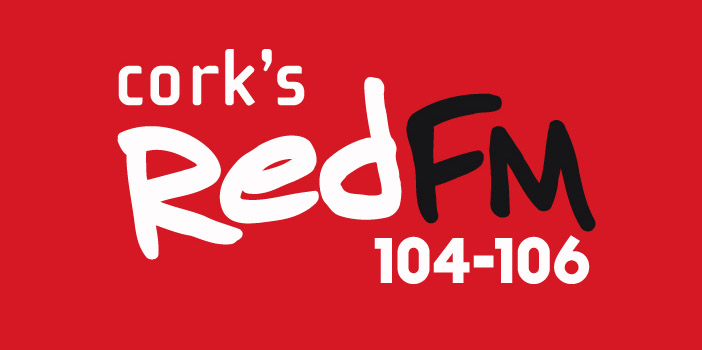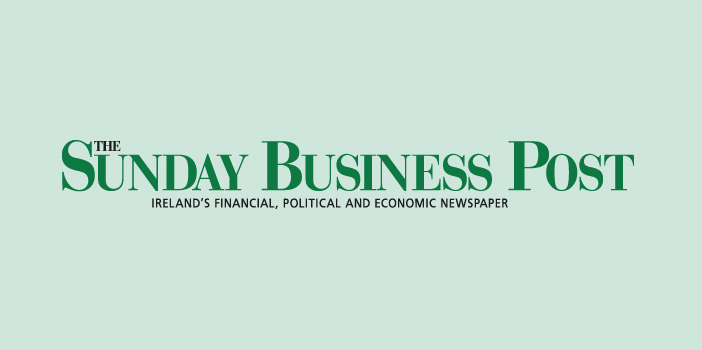The Irish economy has become more competitive but faces many challenges before matching rival economies in a range of areas, according to the National Competitiveness Council’s annual “competitiveness scorecard”.
Published today, the report is a detailed assessment of Ireland’s competitive position compared to peer economies using 127 indicators.
The benchmarking report will be followed by a second more prescriptive report setting out recommendations for Government. That is due over the next two months.
In today’s report a number of areas of priority are highlighted as causes of concern for the economy’s competitive position.
First is the cost of doing business which, the report says, remains “relatively expensive compared to those of other countries with which we are competing”.
The report instanced legal fees, which bucked the trend in business services over the half-decade to 2010. While most business services prices were lower last year than in 2006, legal services were more expensive. Citing World Bank data, the report says Ireland is the fourth most expensive country in which to enforce a business contract.
More positively, it notes the decline in unit labour costs – the pay costs associated with notional unit of output over time. The fall is attributable both to an increase in productivity and lower wage costs.
Among the other positives, the report notes that innovation levels in Ireland increased between 2006 and 2010, according to a composite index of 16 indicators published by the Innovation Union Survey, ensuring the State remained above the euro area average.
Separate figures, however, show that the percentage of companies’ turnover accounted for by innovative activity was below the average. This raises questions about the quality and effectiveness of Irish firms’ innovation.
In 2009, Ireland ranked second in the world among OECD countries for the number of greenfield foreign direct investment projects it attracted per million inhabitants. High profitability was one reason for this success. The rate of return on US investment, at 17 per cent in 2010, was the highest of any country in the sample.
Despite the sharp fall in construction tender prices, which is reflected in industrial and office buildings costs, Ireland remains among the most expensive locations for the building of business premises. By contrast, falling rents have narrowed the competitiveness gap in this area. Prime office space last year was the sixth cheapest of 16 locations.
Another area of concern mentioned in the report was access to credit.
While lending to non-financial corporations in the euro area on average shrank only marginally in the post-2008 period and has since stabilised, it crashed spectacularly in Ireland and was still contracting on a year-on-year basis by as much as 35 per cent in April of 2011.
Moreover, the rates of interest charged by banks to non-financial corporations for all types of loans remain higher in Ireland than the euro area average.
(The Irish Times, 6th September 2011)



